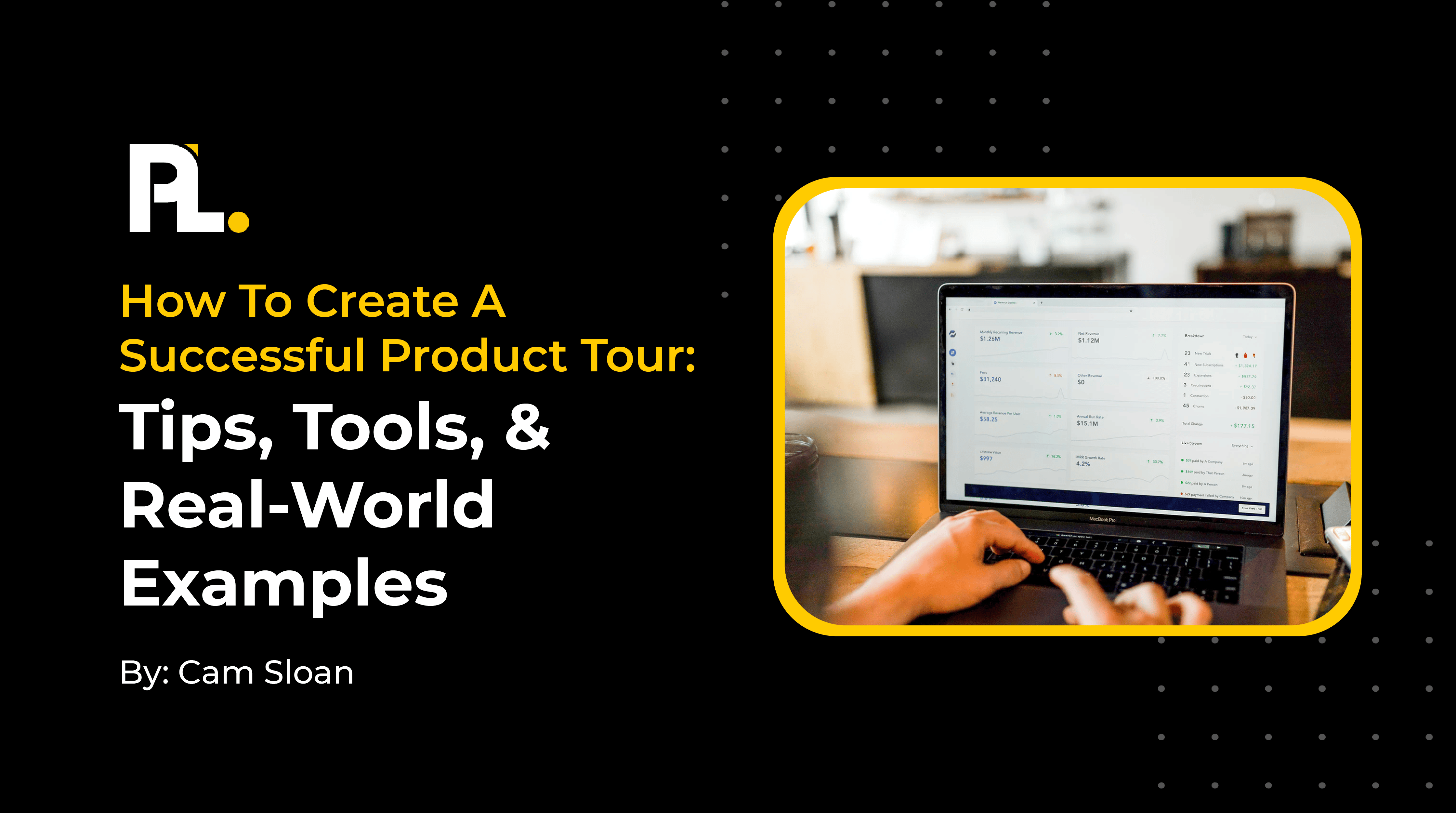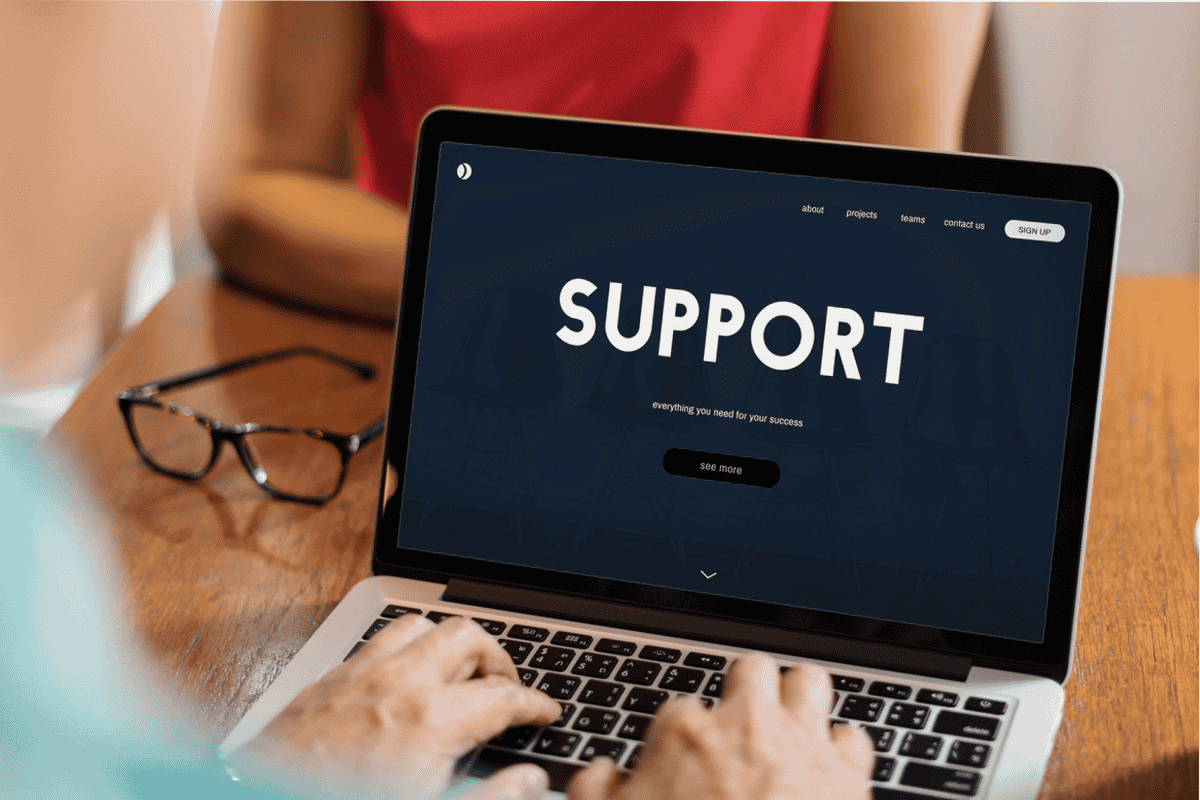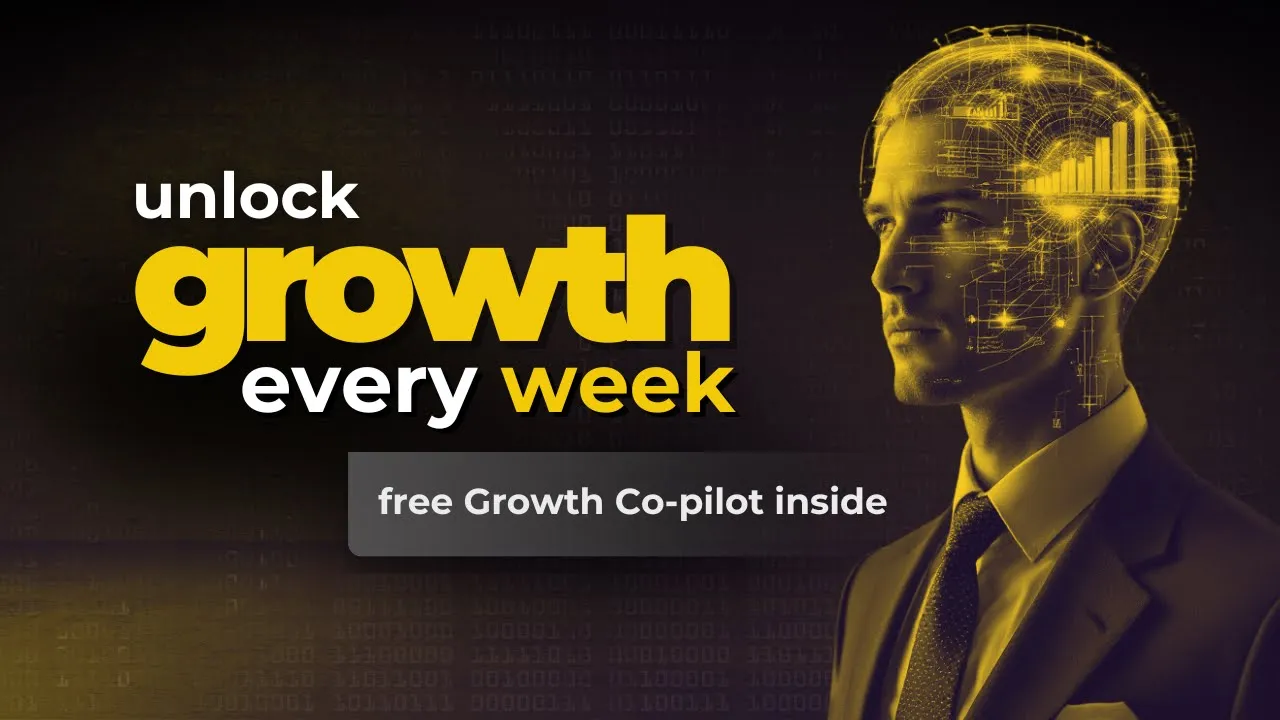
Up to 75% of customers won’t buy your product if you don’t have great onboarding.
Your company is missing significant growth opportunities if optimizing the user onboarding experience isn’t the main focus.
In this article, I dive into what Deputy does in the first seven minutes of the onboarding experience so you benefit from how they’re doing it.
*At the time of this podcast episode, Francois Bondiguel was Head of Growth at Deputy.
What Makes a Good Onboarding Experience?
User onboarding is not designed to make people better at using a product. Instead, the goal of onboarding is to help them improve what the product enables them to do.
Good onboarding incorporates:
- A welcome message
- Appeals to the desires of users
- Uses progress indicators (checklists, number of steps, progress bar, etc.) to inform users of their completion status
- Provides product tours, images, tooltips, and other visual cues about what step in the onboarding experience comes next
How Important Are The First 7 Minutes of User Onboarding Experience?
More and more SaaS companies understand the importance of the onboarding flow as a cost-effective means of drawing in users. The first few minutes they spend with your product must make an excellent first impression.
Marketing creates demand for your product. AdWords and Facebook Ads help generate leads, but when more than half of first-time users don’t come back and convert to paying customers, these options become too pricey.
At Deputy, we got around 6,000 cloud-based management and scheduling trials and five to six thousand monthly content downloads. Although the business was sizeable, stats showed the cost to generate a trial was $150; even worse, 60% of those people didn’t have a second session.
To cut costs, our team needed to improve the trail-to-paid conversion rate.
We took a hard look at our user onboarding process, asking:
- What has been done? What hasn't? And then, what is the data around these findings?
- Are we doing event tracking? How many sessions? What's the behavior?
- What do we know about those people?
Answers to these questions helped find a North Star metric – our key performance indicator (KPI) was the length of the first session. Tracking revealed the length new users spent on a desktop is seven minutes and slightly shorter at four minutes for new users on mobile devices.
We needed to develop a seamless onboarding seven-minute or less process to really wow prospects about our software to reduce drop-off, increase retention, and save money.
If you’re serious about improving your onboarding experience, check out our ProductLed Accelerator course that has an entire Module and workshop focused on the user onboarding experience.
Why Optimizing the First 7 Minutes of Onboarding Can Improve the Drop-Off Rate?
Data indicates where drop-off occurs but doesn’t explain why. Sixty-three percent of customers say they deleted an app because they didn't know how to use it.
Understanding the behavior of users and why they make the choices they do helps optimize onboarding by being able to remove points of friction. Doing so keeps new prospects engaged and improves the likelihood of them staying longer to realize the value of your SaaS product.
Intranet software platform Twine cut their drop-off rate of 65% by more than half by incorporating meaningful onboarding into its experience.
For Deputy, users would onboard for seven minutes and then drop off at a 50/50 rate. We had the data but didn’t know why the drop-off was happening. Our team needed to figure out how to optimize the first seven minutes of our onboarding to improve the drop-off rate.
Recording and observing users move through our onboarding helped Deputy identify two phases.
The first sign-up phase is when the user is on the Deputy website and provides their name and email to sign up. After successful sign-up, onboarding starts. A user can “Discover Deputy” or “Join Existing Team.”
A new user that clicks “Discover Deputy” is asked more questions about their business and industry.

Then, in the second phase, a user can start their trial.
Our users went through sign-up, onboarding, trial, and onboarding again. Data showed that only 15% drop-off occurred between sign-up and trial, and most drop-off occurred between the final trial and onboarding step.
More profound research revealed that Deputy trials weren’t all quality and the importance of every step users take before they get into that first product experience.
We honed efforts to collect key insights about industry, size, and location for every user. Doing so allowed us to tailor our free trial experiences better and identify high-touch customers who’d benefit from talking with a sales representative. After updating the free trial page to optimize onboarding, the company generated an extra 1,000 trials per month.
How to Get People to the “Aha! Moment” Within the First 7 Minutes
SaaS companies need users to reach their “Aha! moment” and only have a few minutes to accomplish the goal. Deputy wants users to see value in our employee scheduling software within the first seven minutes of onboarding before drop-off occurs.
Materializing “Aha! Moments” takes understanding your target markets and what they’re trying to achieve. Deputy analyzed how user behaviors correlate with the conversion rate and noticed vital actions.
For example, Deputy pushes “Aha!” in the first seven minutes by emphasizing the payroll feature during onboarding. This action successfully converts users into buying consumers.
During Deputy’s trial set up, new users are asked what payroll provider they use.

We recognize some users like demos to see how the apps function and key actions. Other users are hands-on and want to discover our software by building a setup. Understanding these different prospect types and serving both types during onboarding is essential for helping reach “Aha!” Moment.
How to Get Other Teams Involved in Improving the Onboarding Experience
Unlike sales-led models, product-led teams don’t operate in silos. Teamwork and buy-in from your organization are vital to improving the onboarding experience.
At Deputy, we have a team dedicated to the ongoing improvement of our onboarding flow. The team includes a product manager, front-end engineer, back-end engineer, UX designer, and mobile engineer. Functioning as the muscle and brain, our team takes a dynamic approach by running experiments. They start by asking questions like:
- What are the apparent levers of growth?
- Where do users drop off the most?
- What particular behavior correlates with the likelihood of buying?
From there, the team works to build a model that analyzes what people do in the first seven minutes and informs the company of updates to encourage more desirable behavior.
The Impact of Introducing the Human Element in Onboarding
Customer success and other human elements in SaaS onboarding help reduce friction and product abandonment.
In an ideal world, product-led growth (PLG) is a streamlined, low-touch onboarding process. Prospects visit your website, see the value, sign up, onboard, discover, and then are ready for product setup and purchase.
But reality quickly sets in...
Catering a product to market segments with different desired outcomes takes PLG strategy. Some users onboard quickly, while others need some element of human interaction for that extra push to successfully onboard.
When to Add the Human Element to the Onboarding Process
Managing workflow differs for every industry and gets more complex with more employees. Self-onboard someone that wants to do integration is tricky, but adding a human element to the onboarding flow can help.
At Deputy, some businesses use Xero while others use Quickbooks, so our software needs to integrate with both programs. On top of that, employee management systems have an HR platform with payroll and other complexities that add more friction to the onboarding process.
Experimentation revealed that 63% of users who signed up for a demo and talked with a salesperson then converted. Our dedicated growth team honed in on what part of the onboarding phase is best to introduce that human element based on the length a user spends on a demo trail.
Support is another human element in Deputy’s onboarding process. Deputy users can, for instance, contact a sales rep when they have a question while discovering our app. Not only that, but our team also goes to users from a sales point of view and asks if they need help.
Customer success is critical to business, but SaaS companies need their CSM model to be cost-effective.
How to Approach User Segmentation
To approach user segmentation, first, look at the numbers on who your users are, and what industry your product caters to. Data isn’t clean, so analyze the financial, industry, and sizing data to extract the insights you need.
Ask yourself, “Does serving this user segment make sense economically for our SaaS company?”
For example, serving an enterprise with 40 thousand employees on Deputy sounds fantastic. Still, the fallout is that it costs a lot to meet complex integration needs and high user expectations. Is it worth targeting large enterprises if your company’s gross margin is being reduced because you need to hire additional employees to manage set-up and custom integration requests?
How to Build a Lead Scoring Model
Building a lead scoring model helps to identify what users to go after.
SaaS companies need to look at their product and ask, “Where really is the product-market fit?” What type of user will naturally be attracted to the value prop, use the software, understand it quickly, and become a paying customer?
At one point, Deputy was generating more than 400 leads per month, and our sales team couldn’t cope with the demand. To be more efficient, we implemented a system to identify customer fit by:
- Analyzing thermographic information
- Collecting similar demographics about users that bought from us before
The company’s lead generation focused on quickly identifying the leads with higher value and applying the human element, like pushing more demos and doing more one-on-one. For the rest of the leads, the focus was on reducing friction in the PLG process.
Tips for SaaS Growth Marketers Who Want to Improve Their User's Onboarding Experience
Here’s onboarding advice for SaaS growth marketers:
Determine the Unit Economics of Your Business
First, figure out the equation for the unit economics of your business. Start by generating the leads and trying to convert them. But that piece where you lose so many people just kills you. If half of the people don't come back, you've just spent double.
Have A Team Mindset
Build a team dedicated to user onboarding improvement. The team doesn’t have to be big, but make sure it’s diverse, with members coming from product, growth, and engineering leadership. They need to have the data capability to do tracking and reporting. The team’s mindset should focus on what experiments to run, how to make an impact, and what tasks to implement.
Personalize Your User Onboarding Process
Start by adding a welcome message and perform in-depth research to improve areas of friction. Nearly 80% of users would keep buying from companies that employ welcoming and educational onboarding. One-fits-all onboarding doesn’t entice users, and personalization is crucial if your product attracts different market segments.
How Will You Make the First 7 Minutes of Onboarding Count?
After signing up for 200+ SaaS companies, UserPilot discovered that around 40% of companies consider themselves ahead of their users. Failing to focus on your user’s desires is a big no-no in SaaS marketing. Companies must optimize onboarding during the first minutes to improve user engagement, prevent drop-off, and improve conversion.


















